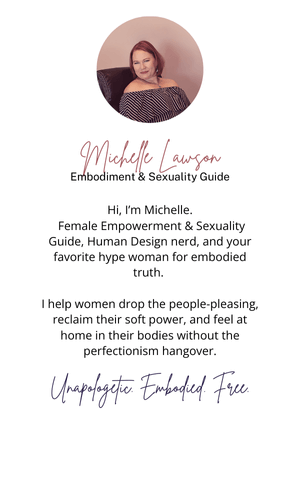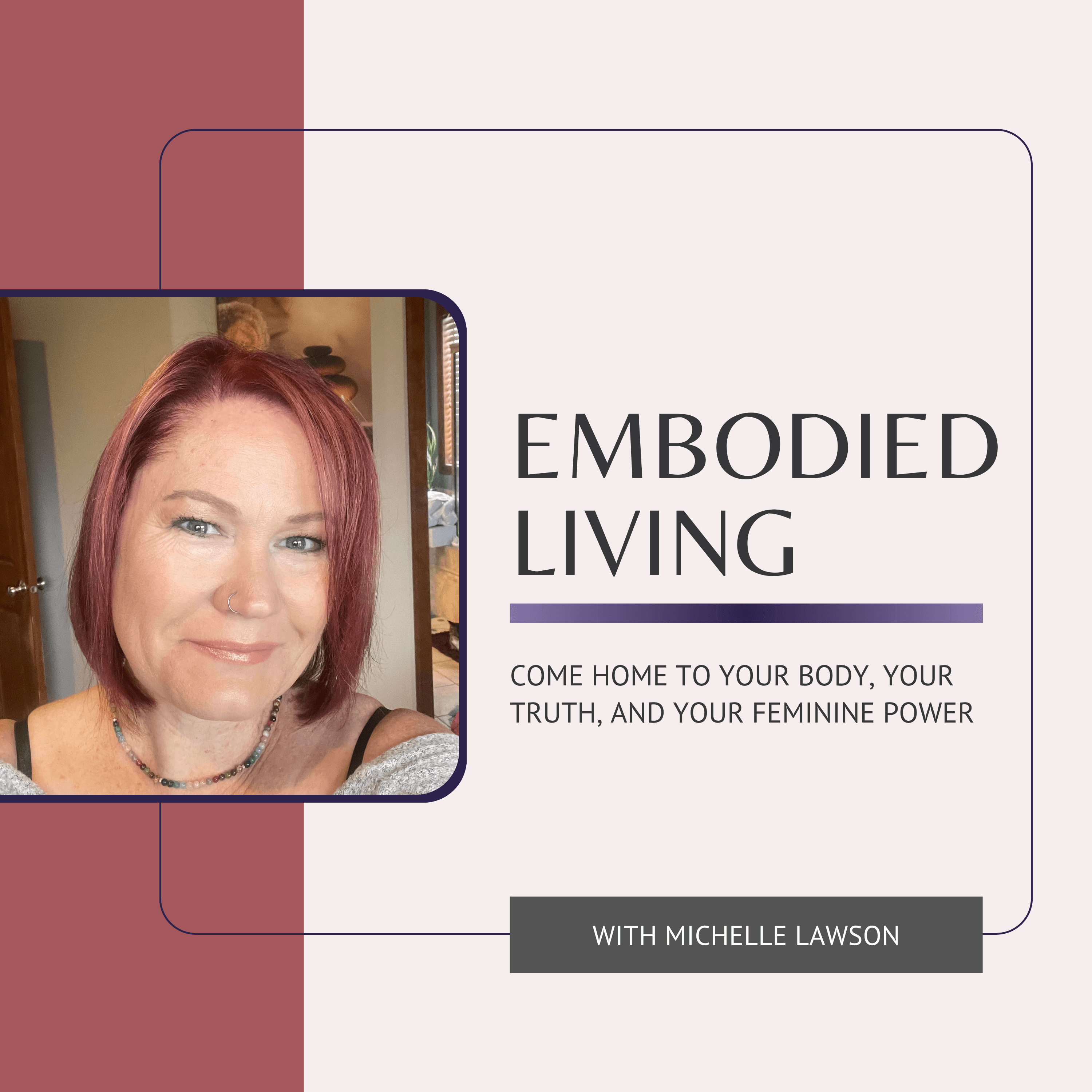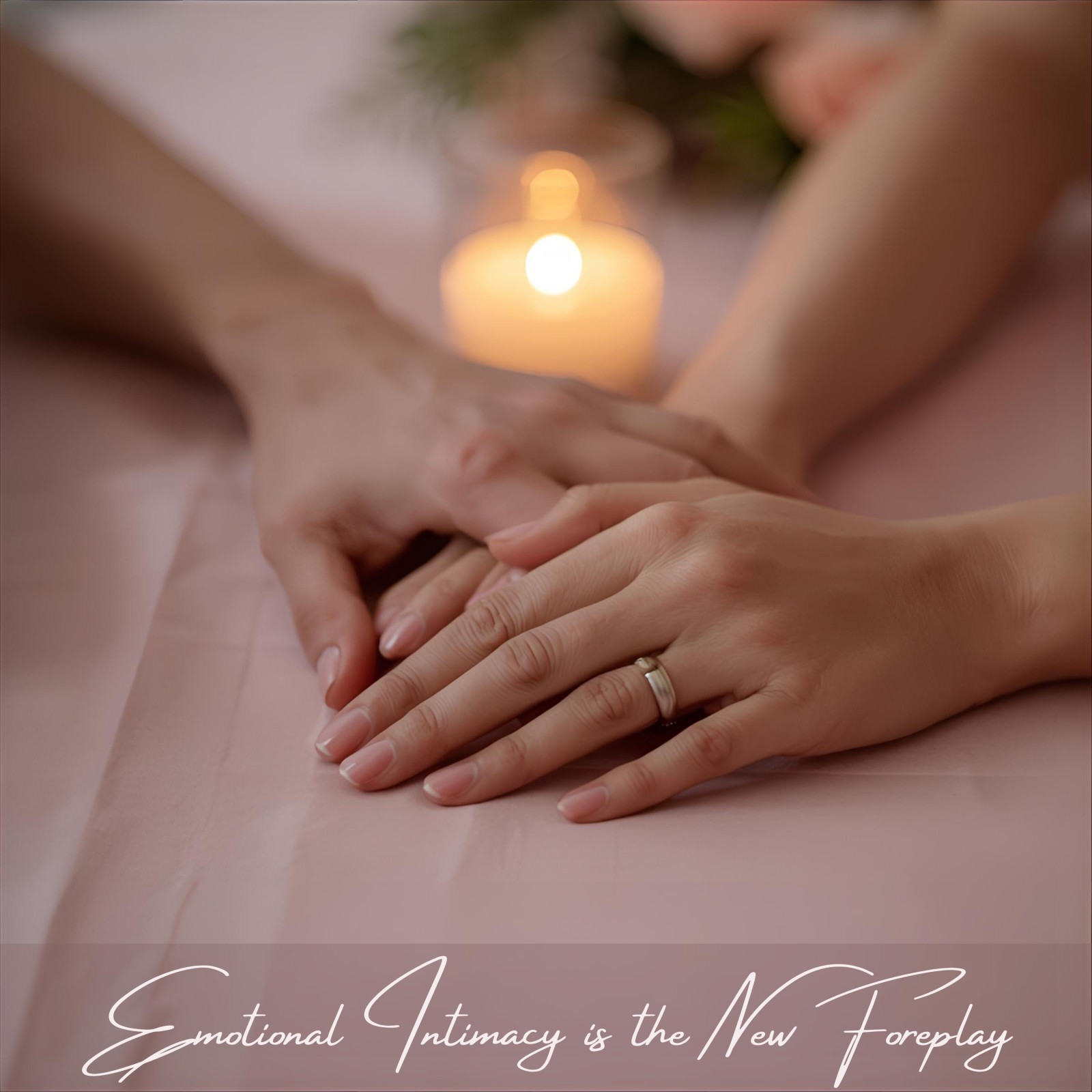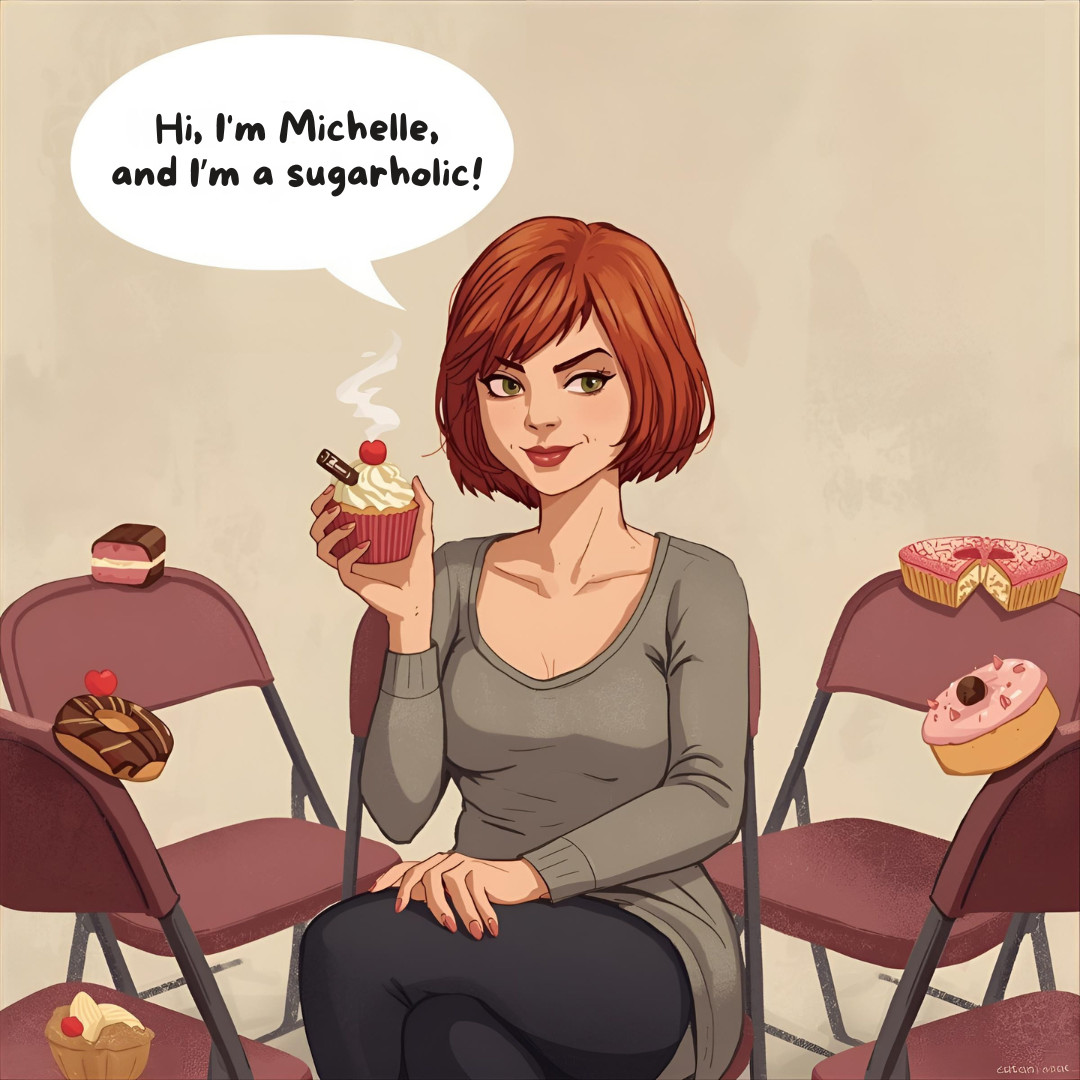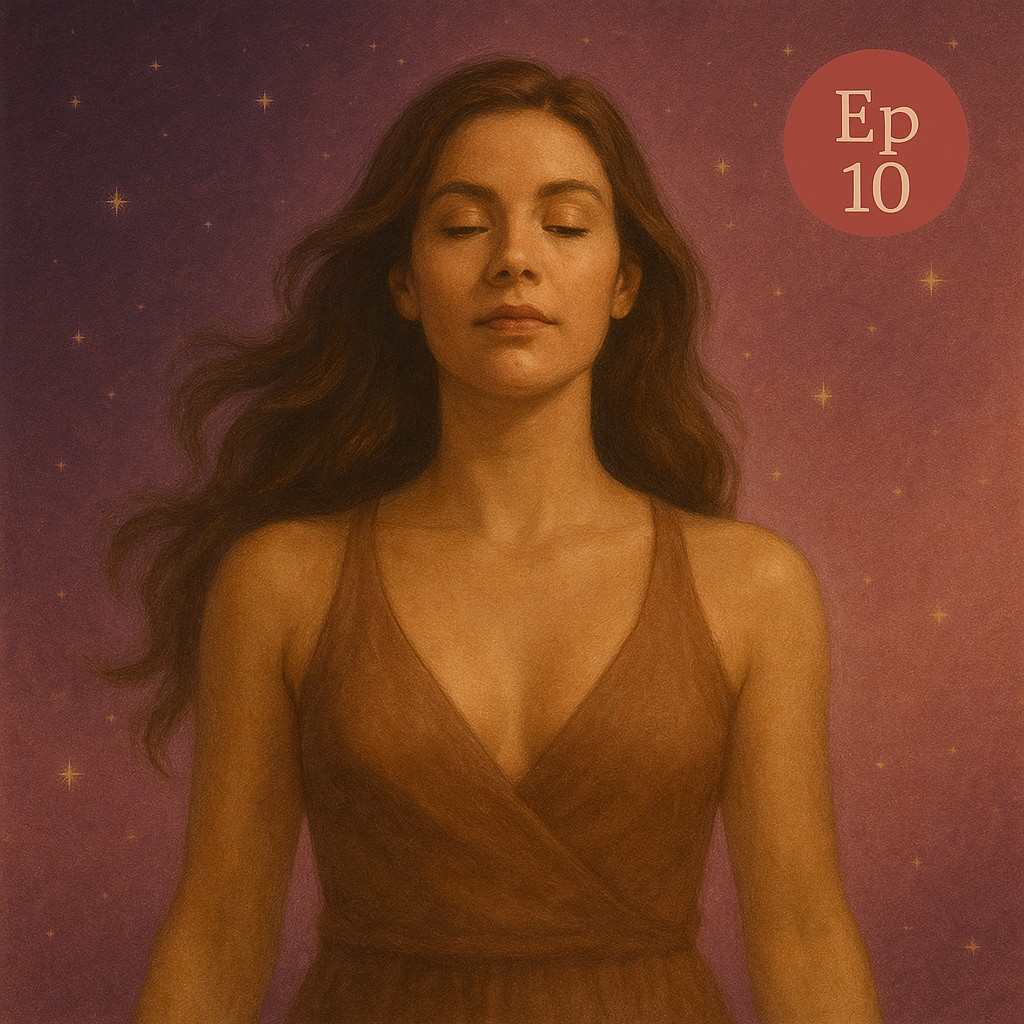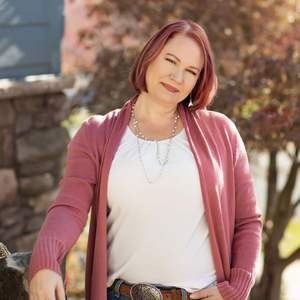💌 Want More Like This?
If this post stirred something in you don’t stop here.
Join my newsletter and receive:
- Monthly insights and soulful stories
- Tools to reconnect with your body, truth, and feminine essence
- Exclusive invites, meditations, and embodiment rituals
✨ Join the movement of women reclaiming their voice, pleasure and power.
🌀 Click here to subscribe to the Embodied Living newsletter
Did you enjoy what you read here? If you did, share it with a friend.
If you would like more about the Embodied Living Course, click below
Follow me on social:
💌 Want More Like This?
If this post stirred something in you don’t stop here.
Join my newsletter and receive:
- Monthly insights and soulful stories
- Tools to reconnect with your body, truth, and feminine essence
- Exclusive invites, meditations, and embodiment rituals
✨ Join the movement of women reclaiming their voice, pleasure and power.
🌀 Click here to subscribe to the Embodied Living newsletter
Did you enjoy what you read here? If you did, share it with a friend.
If you would like more about the Embodied Living Course, click below
Follow me on social:
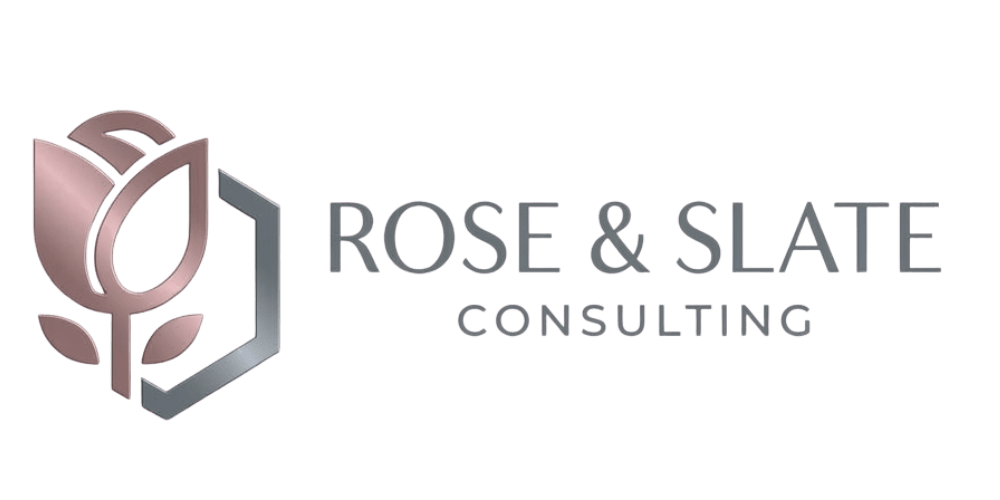



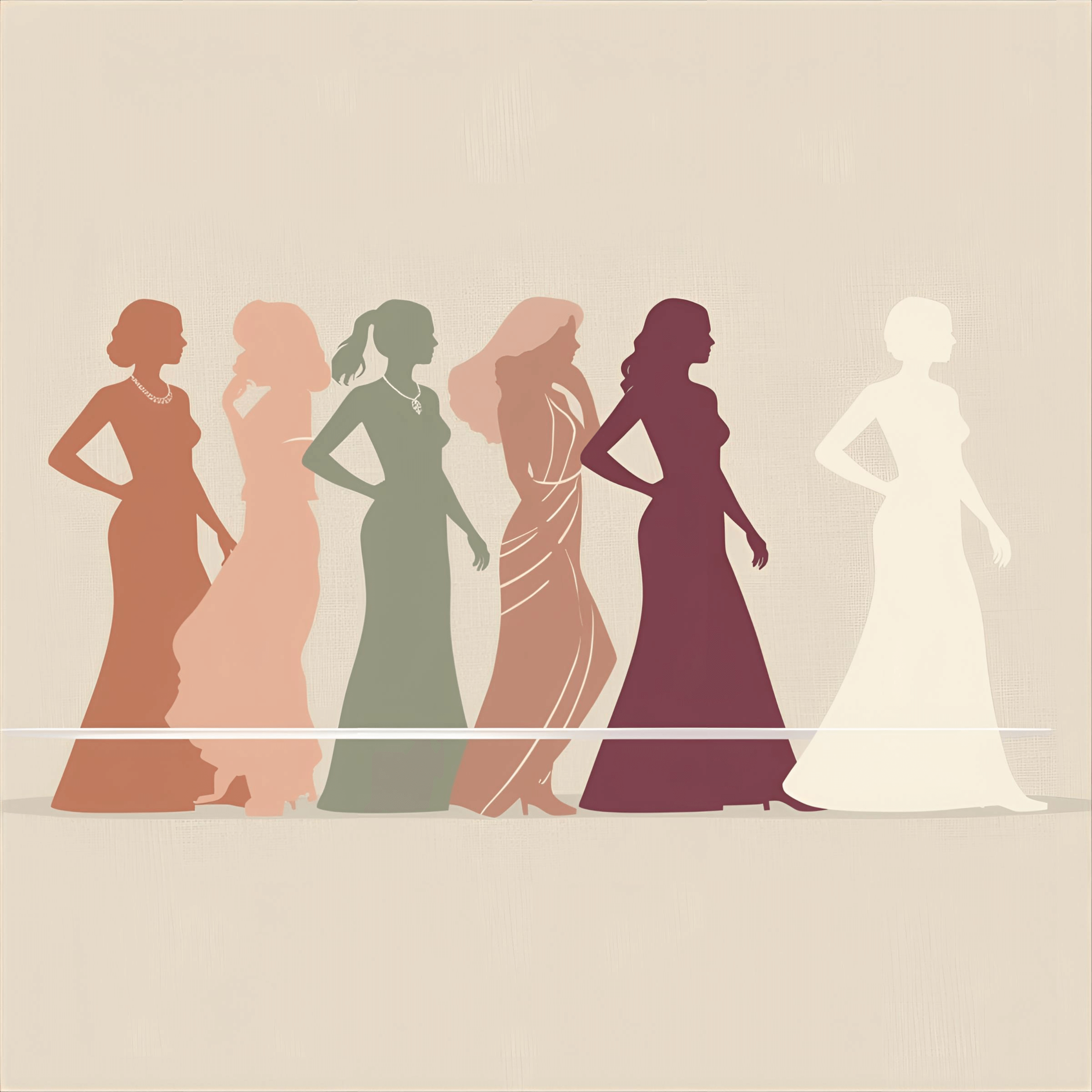

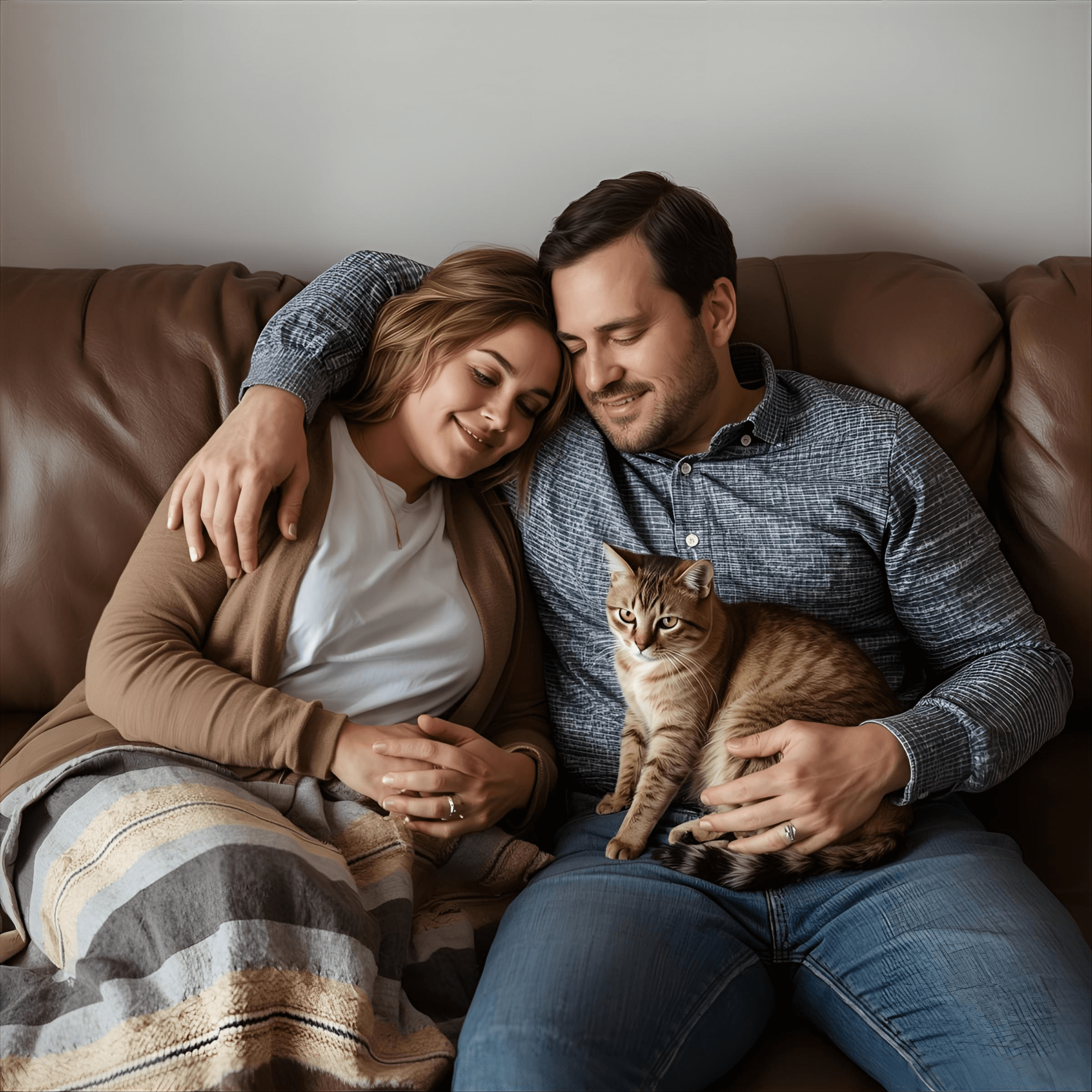





 There were so many chapters in my life that I swore would change everything. New people. New jobs. New beginnings.
There were so many chapters in my life that I swore would change everything. New people. New jobs. New beginnings. 
 Here’s the truth, I didn’t handle it well. My intention was awareness, not politics.
Here’s the truth, I didn’t handle it well. My intention was awareness, not politics.
 Your message isn’t just a quote on a wall, it’s a lifestyle.It’s how you treat people. How you hold yourself when no one’s watching.How you create, love, and lead.
Your message isn’t just a quote on a wall, it’s a lifestyle.It’s how you treat people. How you hold yourself when no one’s watching.How you create, love, and lead.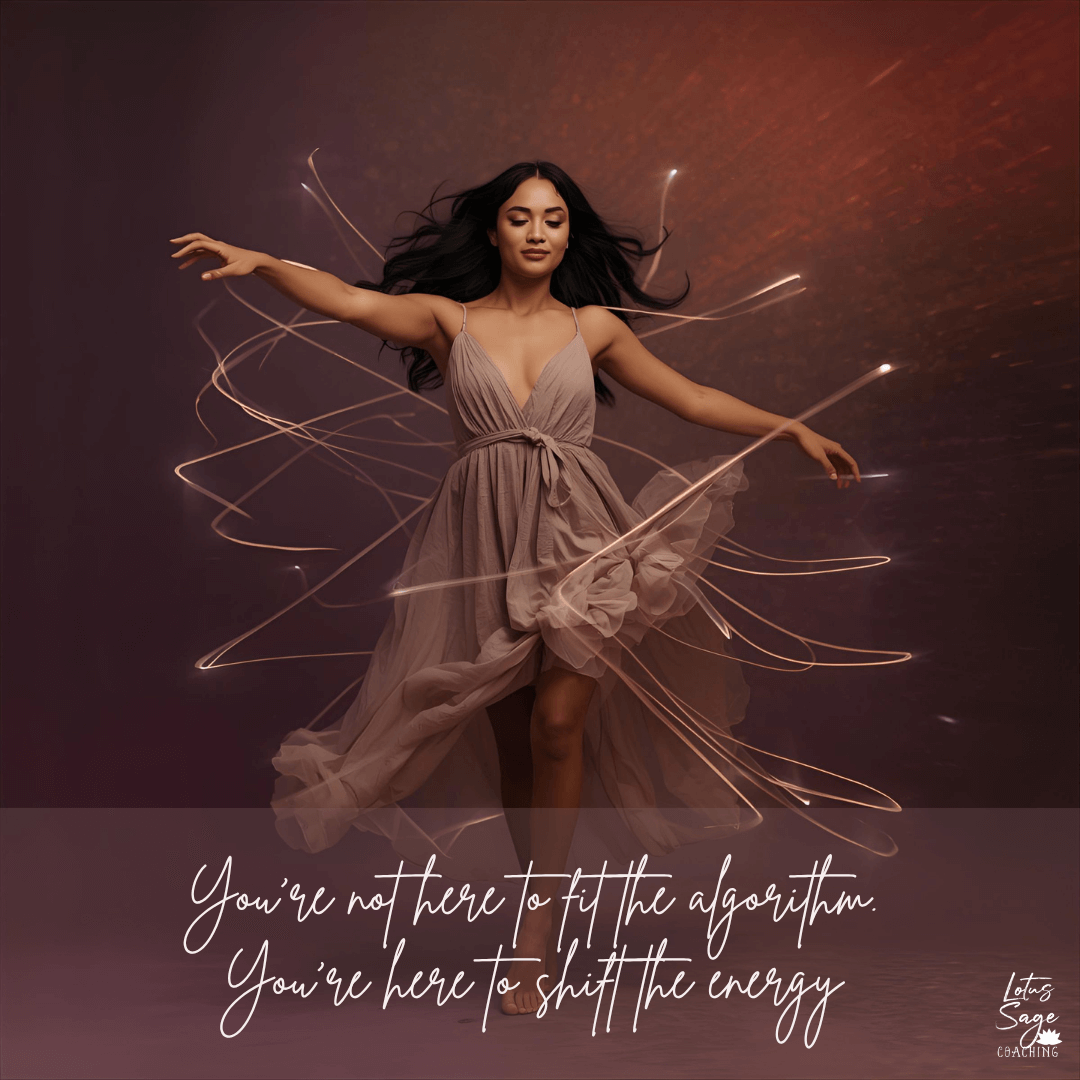
 Journal Prompt
Journal Prompt